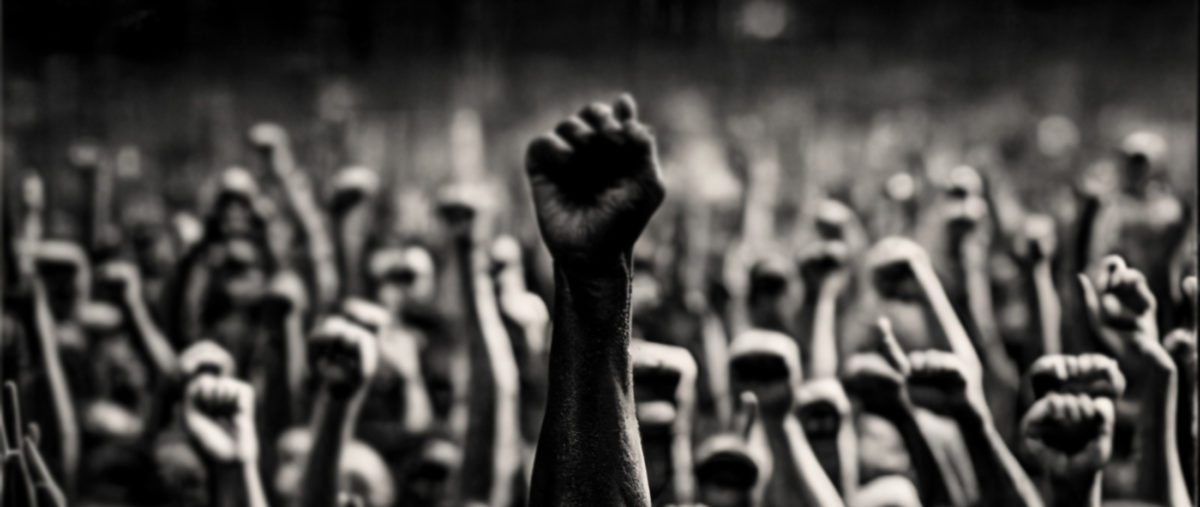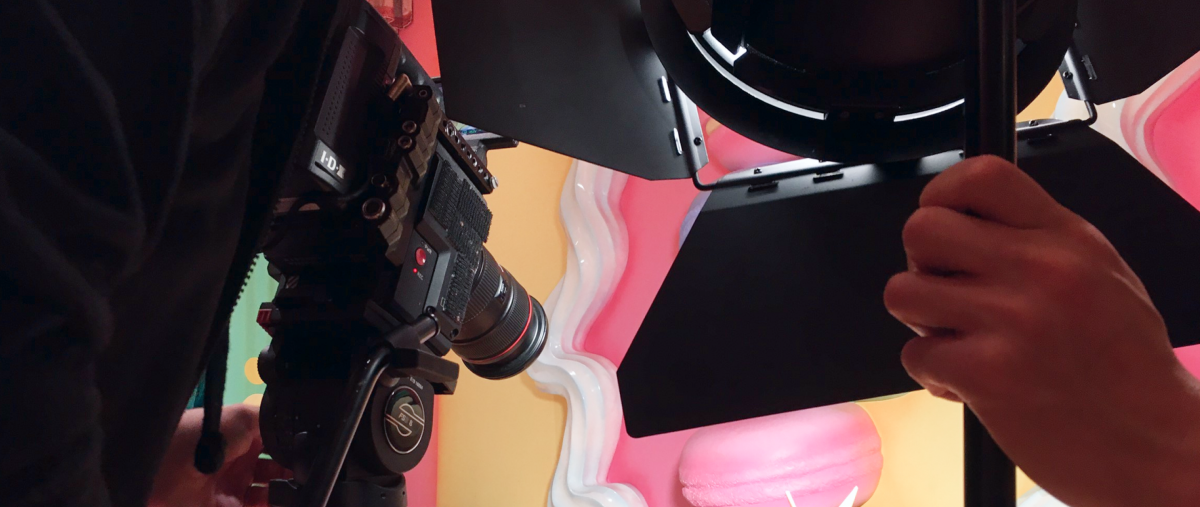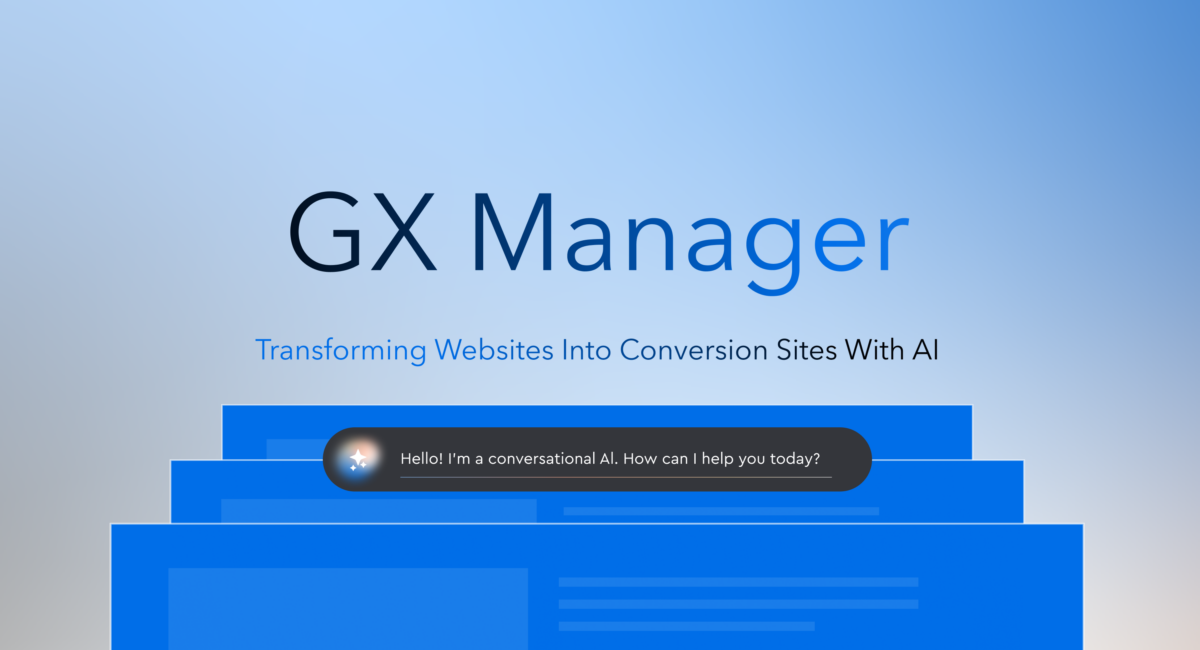|
|
In response to the racial reckoning of 2020, many brands were quick to do some “soul-searching.” They rolled out diversity, equity, and inclusion initiatives; hired chief diversity officers; and unveiled ambitious pledges aimed at tackling systemic inequality in their industries and communities.
But some of those commitments have been slow to yield measurable results. And once the economy started to falter, more of those programs, people, and promises quietly disappeared. Brands that put DE&I on the back burner risk looking like performative allies. Worse, they potentially jeopardize the trust of their audiences and employees.
But brands’ holding steadfast in their belief that DE&I is not simply an initiative, but a way of being, better equips them to navigate the present challenges. Making long-term investments in your company’s culture can help it be more profitable and productive in the end.
That’s why now is the time to double down on diversity, equity, inclusion—and belonging. Here’s what your brand can do to strengthen its commitments amid economic uncertainty.
Stay true to your values
Don’t panic. Embrace the commitments you made to create a sense of belonging in your organization—by treating people with fairness, dignity, and respect, and supporting everyone’s perspectives and lived experiences. Because when it comes time to communicate about your brand, you want to make sure that message is authentic and reflective of how you truly operate.
It starts at the top. When executives consistently voice their support for diversity, equity, inclusion, and belonging—and allocate resources to further its progress—it sends a strong message that it’s a priority. More importantly, any programs designed to implement DEI&B goals likely won’t be targeted when budgets are tight.
So don’t cancel that symposium on how to help employees cope with stress, or that bystander intervention training. Instead, make sure your DEI&B team knows how critical their work is to your brand’s success.
Use this time to freshen up your hiring strategies
You may not be able to hire right now, but don’t forget about recruitment altogether. Reevaluate your policies and procedures around hiring so that when things open again, you’re ready to keep building an inclusive workforce.
Prospective employees increasingly care about company culture, and they’ll be looking for signals that your brand is aligned with their beliefs. Check your job descriptions to make sure they don’t have biased language that is ageist or gender-coded, like high-energy or ambitious.
Update organizations and institutions on your recruiting list to make sure you’re sourcing a broad and diverse pool of talent. And review your onboarding process to ensure that future new hires will feel welcome and connected to the brand. For instance, plan to introduce them to members of employee resource groups (if you have them) or assign them a buddy.
Show your staff you’re invested in them
Economic uncertainty can cause a lot of stress, so letting employees know you’re here for them and care about their well-being is key. Historically, overrepresented (read: white males) employees are less impacted by economic downturns, and are often spared during layoffs. Periodic check-ins can go a long way toward creating a nurturing environment. And surveys giving feedback on company culture keep you in tune with employees’ needs and inform future programming.
And don’t forget about laying the foundation for career advancement. Targeted learning and development, as well as mentoring and sponsorship programs, gives employees a sense you are investing in their growth, even if you can’t hand out raises and promotions at this time. That’s not all. Internal mobility—finding another position inside the organization—can also be a surefire way to address some of your DEI&B goals while retaining your top talent.
Embedding these initiatives into your operation increases access for every employee and decreases the chance the programs will be eliminated when budgets are stretched thin.
Talk about your progress, even when it’s minimal
As communications professionals, we love to tell a good story—except when we’re worried the ending might not be so great. But when it comes to your DEI&B goals and benchmarks, transparency builds trust.
If you’ve already laid out a proposal for how to advance equity and belonging in your company, make sure you have strategies in place to measure and monitor your progress. Then you can focus on reporting the results. Consider giving employees a quarterly briefing that defines your goals and tracks growth. And then distribute it more widely so your brand builds equity with your audiences. Once it’s all out in the open, you’ll be able to evaluate your strengths and shortcomings and adjust your approach.
SJR just published our first-ever DE&B report. It shows we’ve exceeded our goals on gender parity but still have some work to do when it comes to racial and ethnic representation.
Even if you’ve only made incremental strides, being honest about where you are and how you plan to move forward is a sign you’re holding yourself accountable. And while hiring may be on hold right now, you can focus on some of your other goals like building relationships in your community, coaching managers on inclusive leadership, and protecting the psychological safety of employees.
In the end, your brand is showing it continues to prioritize diversity, equity, inclusion, and belonging by making it a must-have instead of a supposed “must cut.”









